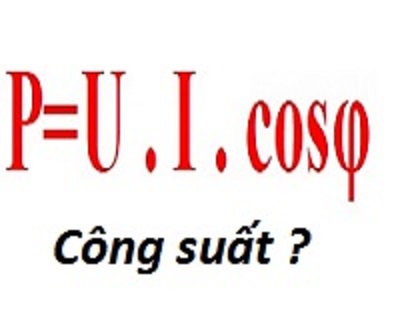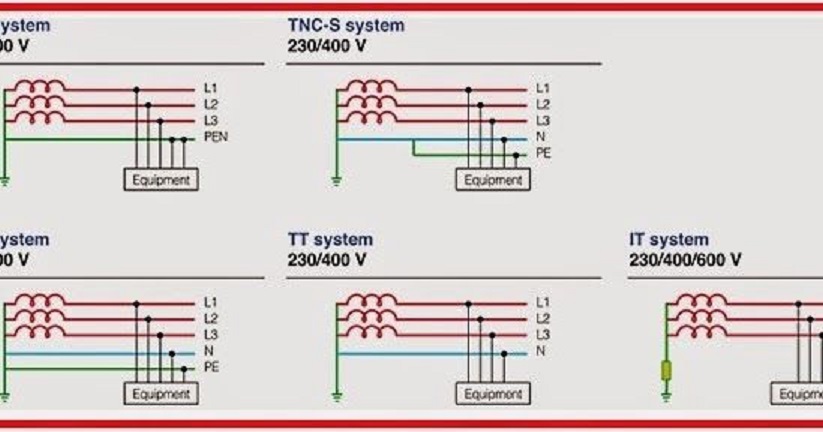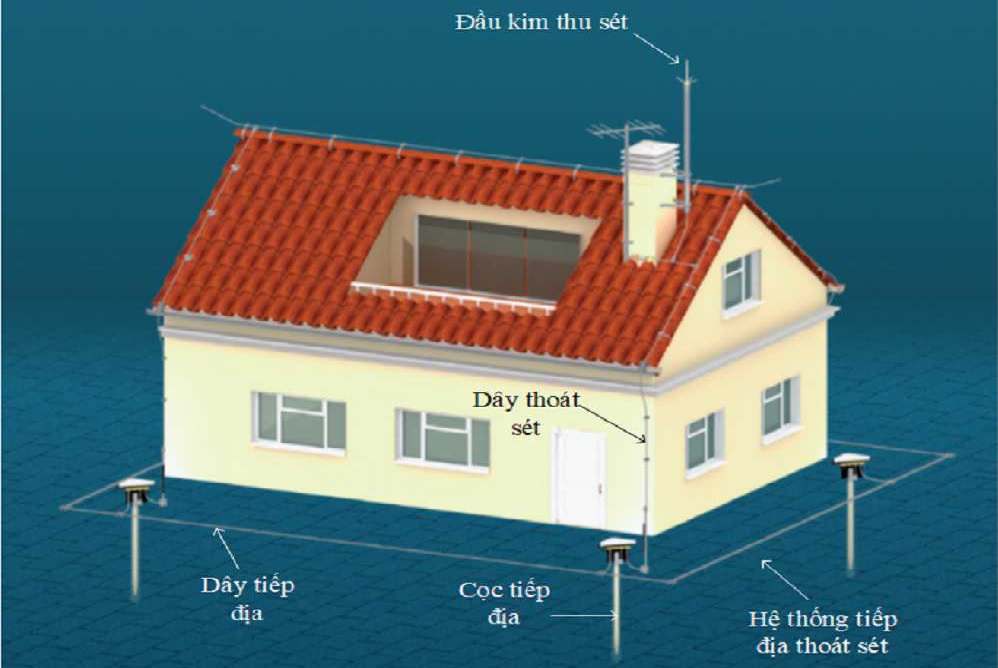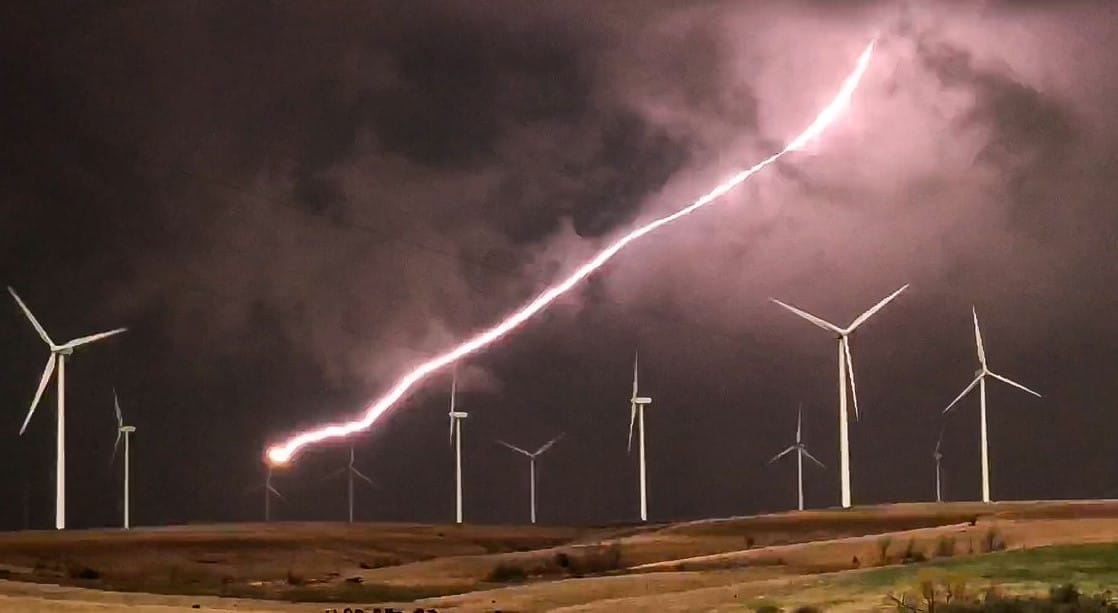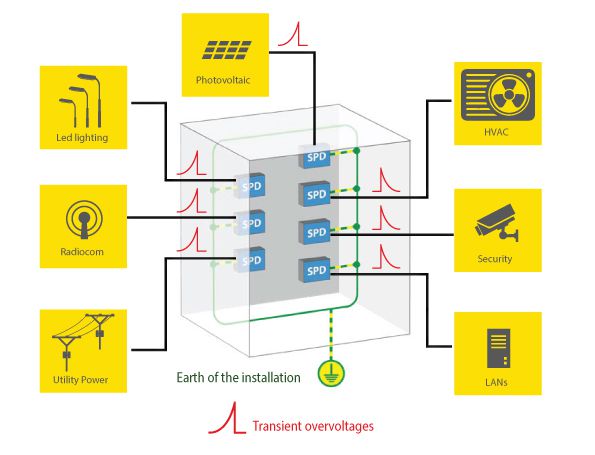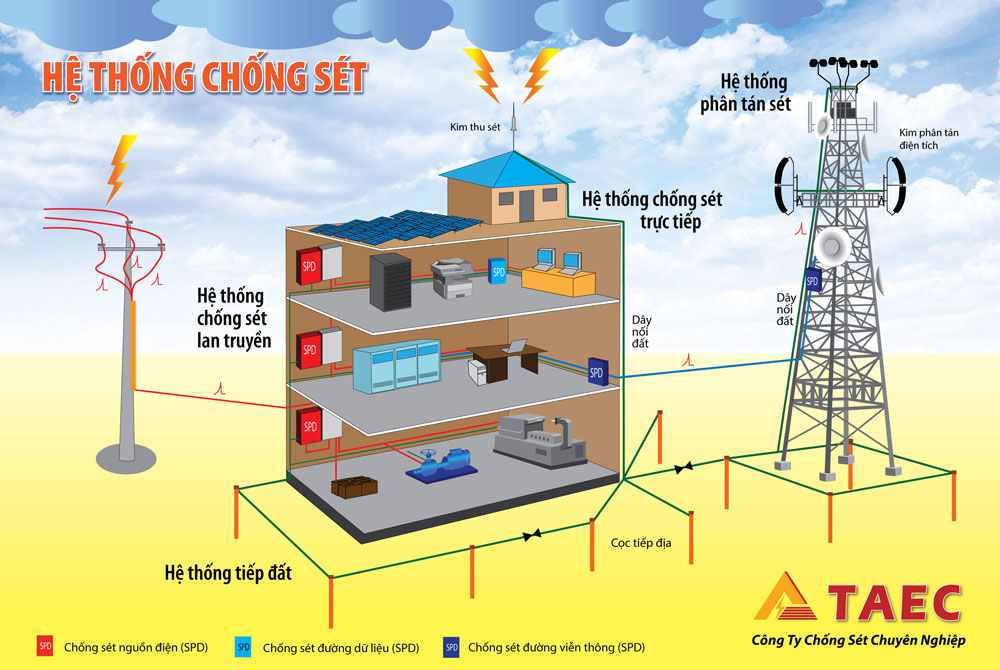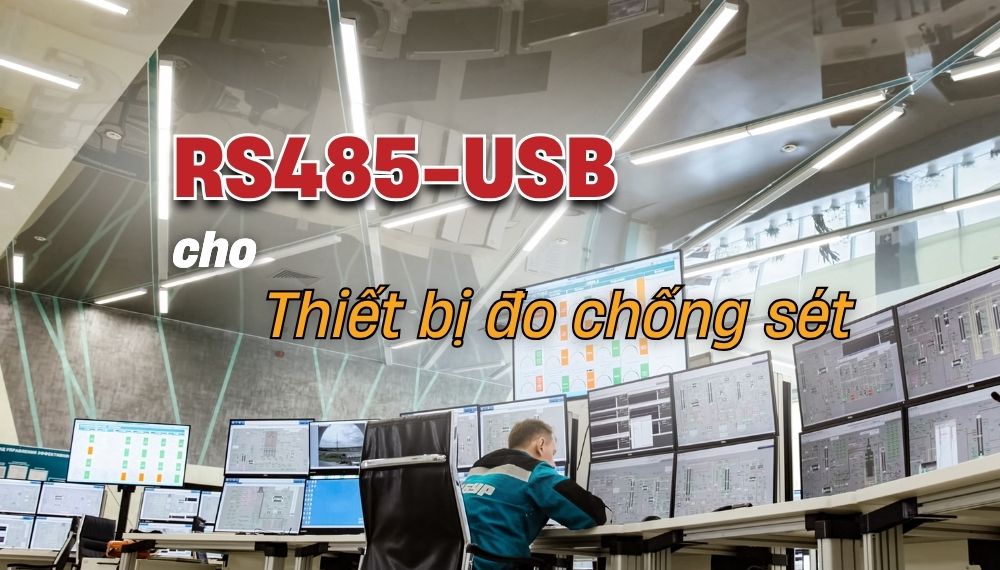One of the Luckiest Lightning Strikes Ever Recorded
Brazilian researchers captured on camera the moment when lightning rods on buildings released an upward discharge to attract incoming lightning.
Benjamin Franklin invented lightning rods in the 18th century, and the devices have been protecting buildings and people from the destructive forces of lightning ever since. But the details of how lightning rods function are still the subject of scientific research.
Although modern lightning protection systems involve extra equipment that makes them more efficient, the lightning rod itself is quite simple: a copper or aluminum rod set above the highest point of a building, with wires connected to the ground. When lightning strikes a building it will preferably pass through the rod - the path of least resistance - and then through the wires into the ground, protecting the building and its contents from the extremely high currents and voltages produced by lightning.
But a rod does not wait for the lightning to strike. Less than one millisecond before the lightning touches it, the rod, provoked by the presence of the negative discharge of the lightning, sends a positive discharge up to connect to it.
(from The New York Times)



